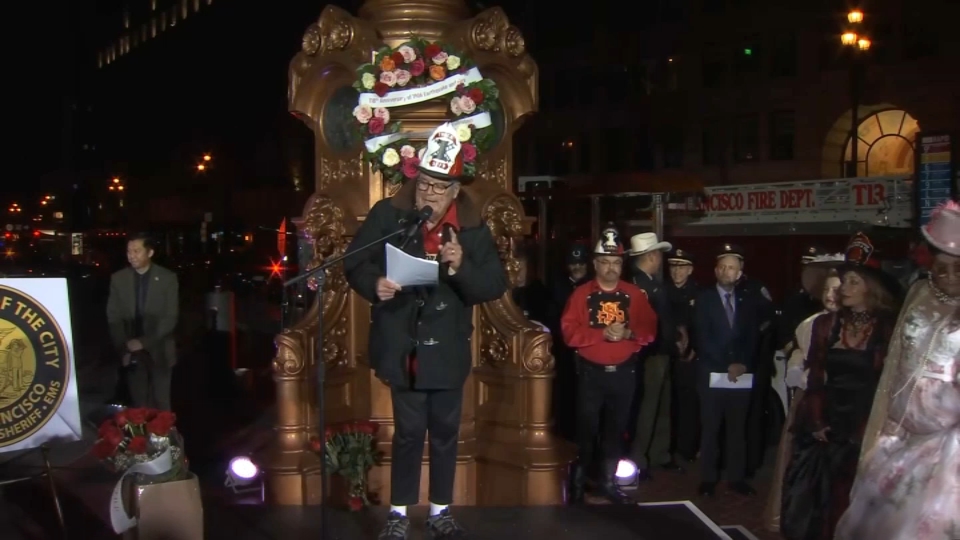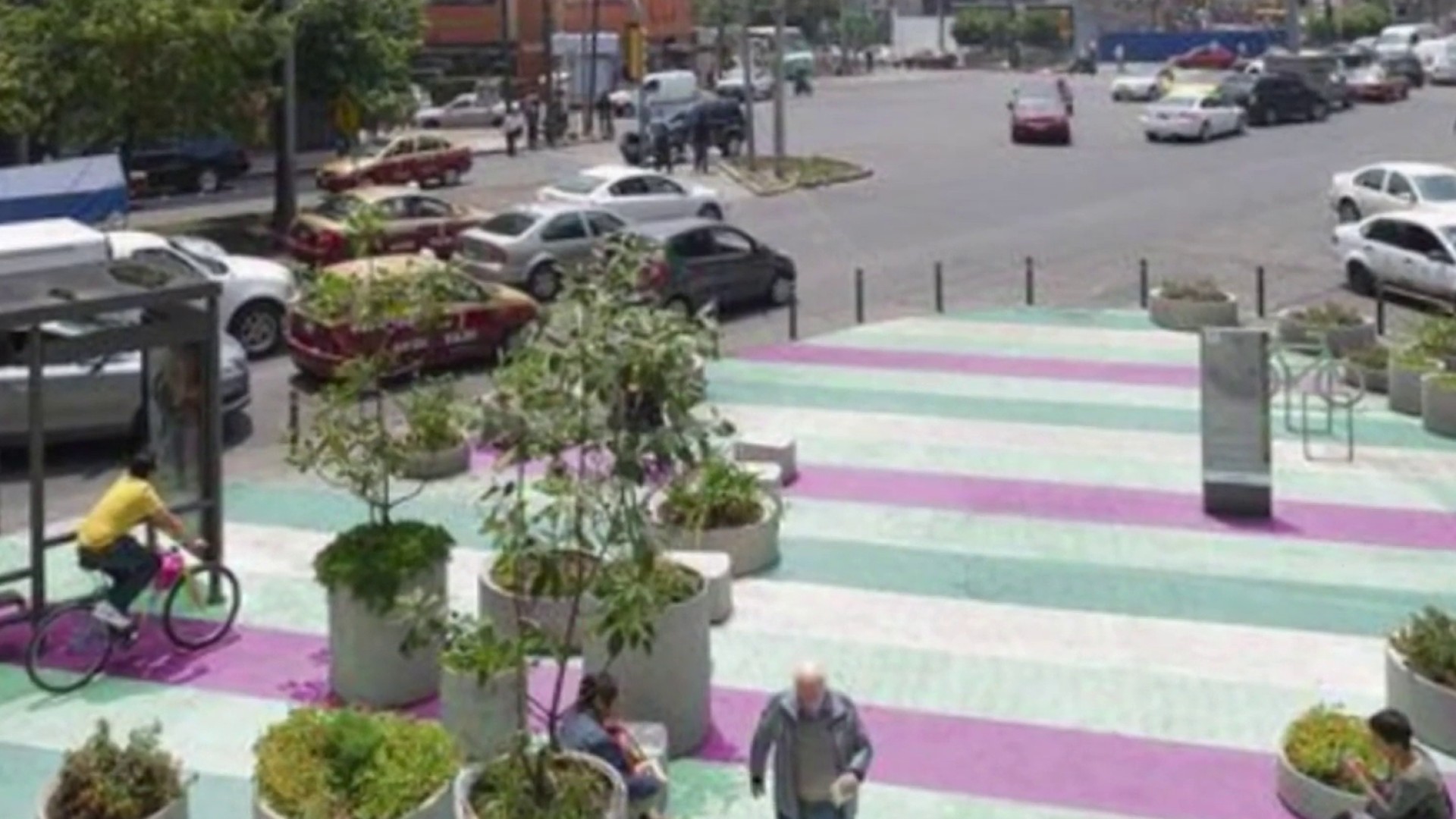San Francisco is hiring a sleuth to track down its artwork and the city has imposed a moratorium on art donations from the public after a Civil Grand Jury report [PDF] scolded the city Arts Commission for losing track of portions of a collection valued at $90 million.
Leaders of the San Francisco Civil Grand Jury, however, remain skeptical about city officials’ commitment to reforms, such as a long-promised inventory of their eclectic 4,000-piece public art collection. Its existing items range in importance from Edvard Munch lithographs to local handicrafts like a pair of brown woolen bowties.
“We don’t know if it would require adding one, five or 10 new employees,” said Mario Choi, foreman pro tem of the grand jury, which spent much of this year investigating the arts commission. “But it’s not been progressing because it’s not high-priority for them.”
In 1932, city officials worried that the Great Depression was drying up philanthropy. Officials that year launched the Civic Art Collection and in 1935 created a subsidy for the city’s symphony.
Amid city-supported museums such as the de Young Museum and San Francisco Museum of Modern Art, the separate city collection never became well known. Much of its current trove was acquired from exhibitors at city art fairs from 1946 to 1986. Further expanding the collection, the 1969 Art Enrichment Ordinance mandated that 2 percent of public works contracts go toward public art.
The current collection includes sculptures and monuments, as well as 2,500 paintings and other movable works used to decorate public buildings. Although the arts commission has money for adding to its collection, it has had only two staff members assigned to look after it. And a portion – nobody seems to know how large – has gone unaccounted for.
In April 2011, The Bay Citizen described how the city in 1972 acquired 496 artworks to decorate San Francisco General Hospital, of which 141 were missing. A 2008 count of the city’s modernist jewelry collection found 19 of 58 pieces missing,the article reported.
Local
Those discoveries added to San Francisco’s reputation as a sometimes unreliable curator. In the late 1950s, the city lost a mural by Mexican artist Miguel Covarrubias, appraised at more than $1 million. During the late 1990s, Golden Gate Park gardeners cut up and used for landscaping stones the dismantled Santa Maria de Ovila, a 12th-century Spanish monastery the city had acquired with plans to rebuild it as a museum.
Tom DeCaigny, the arts commission’s director of cultural affairs, acknowledged mismanagement complaints in The Bay Citizen and the grand jury reports. But he blamed his predecessor, saying he was hired in December to clean things up. DeCaigny also suggested that the significance of the missing artwork problem might have been exaggerated.
“We certainly know where the most valuable pieces are,” he said.
DeCaigny is adding a third person to look after the art collection. The new employee, an expert in art conservation, will visit city buildings to make sure works are where they’re supposed to be. In cases where they’re missing, the employee will conduct art-world detective work. He or she will undertake an 18-month inventory project to pinpoint where missing works have ended up.
“We are looking at smaller works, works of less financial value,” DeCaigny said, adding that the commission also will be “double-checking our database and making sure things are where we thought they were.”
In the meantime, the city plans to build new storage space in the War Memorial and Performing Arts Center near City Hall. And although San Francisco will continue to acquire works under the Art Enrichment Ordinance, the city has temporarily stopped accepting donated pieces outside of that program.
Mort Raphael, who led the grand jury committee investigating the arts commission, is not convinced that the combined efforts are a match for the depth of the problem.
“They keep saying they’ll do something, but the proof is in the pudding,” he said. “It’s a huge $90 million arrangement of art materials – paintings, jewelry, handicrafts, sculpture. It’s a big deal. It’s the city’s property. And they have let it get out of control.”
View this story on Bay Citizen
This story was produced by The Bay Citizen, a nonprofit, investigative news sources in the Bay Area and a part of the Center for Investigative Reporting. Learn more at www.baycitizen.org.



